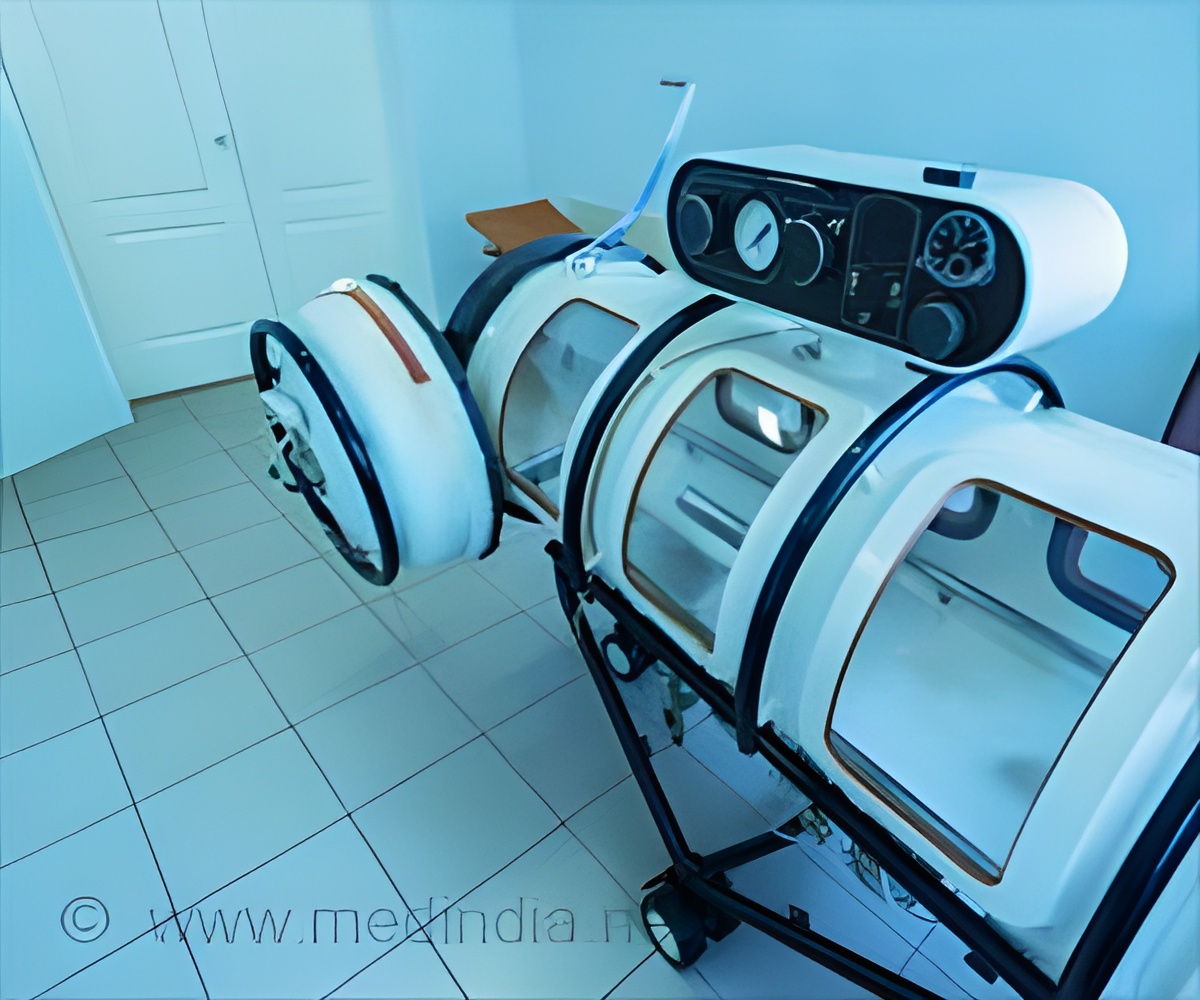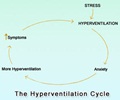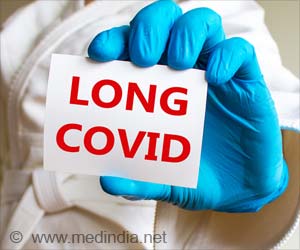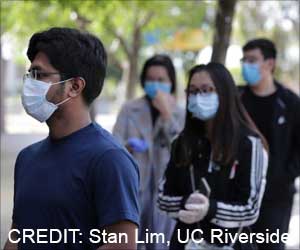A new study demonstrates the value of making available resources to properly evaluate novel treatment modalities, such as a lower cost, portable, lower pressure HBO2 to make a clinical impact on the COVID-19 pandemic.

‘The time taken to restore normal breathing was also shorter among those treated with hyperbaric oxygen compared with those given standard therapies alone.’





This method of oxygen delivery is safe and effective for treating very sick COVID-19 patients, added to which portable hyperbaric chambers avoid the need to transfer patients elsewhere, so curbing the risk of virus spread.But this level of pressure has the potential to worsen lung inflammation and/or cause potentially dangerous fluid build-up (pulmonary edema) in the lungs of COVID-19 patients.
While a few previously published studies have suggested that HBO2 is a safe and effective method for easing breathing difficulties, and the associated inflammation, in COVID-19 patients but well-designed studies are needed to confirm this.
To strengthen the evidence base, researchers wanted to analyze the safety and effectiveness of HBO2 in patients with severe COVID-19, and find out if it reduced the risk of progression to respiratory distress, the need for mechanical ventilation, and death.
Forty adults with COVID-19 who had been admitted to three different public hospitals in Buenos Aires, Argentina with severe breathing difficulties were randomly assigned to receive either standard therapy plus HBO2 or HBO2 alone (at 1.45 ATA).
Advertisement
Standard therapy consisted of antibiotics (ceftriaxone 2 g/day and azithromycin 500 mg/day for 7days), dexamethasone 8 mg/day, paracetamol 1 g every 6 hours in case of high temperature, and monitoring for complications.
Advertisement
The final analysis was based on 19 people in the HBO2 group and 20 in the comparison group.
The use of HBO2 treatment, which averaged 6 sessions, had no statistically significant effect on the incidence of respiratory distress syndrome, the need for mechanical ventilation, or death within 30 days of admission.
Four patients (3 in the comparison group and 1 in the HBO2 group) developed acute respiratory distress syndrome or required mechanical ventilation and two died, one in each group.
The findings suggest that supplementing oxygen through HBO2 treatment contributed to an increased [oxygen saturation] in patients with COVID-19 with severe hypoxemia [breathing difficulties], with no significant adverse effects.
Researchers accept that their study involved a small number of relatively young patients and because the study was stopped early due to its apparent success, this limited their capacity to assess other outcomes.
Severe COVID-19 patients have a high mortality risk need novel therapeutic strategies, and this study offers evidence supporting HBO2 treatment.
This treatment could be easily available in various settings. Portable hyperbaric chambers offer a fast setup to avoid transferring patients to other hospital areas, attenuating the risk of virus transmission.
But larger trials are needed to further confirm the treatment’s effects on survival.
Source-Medindia















